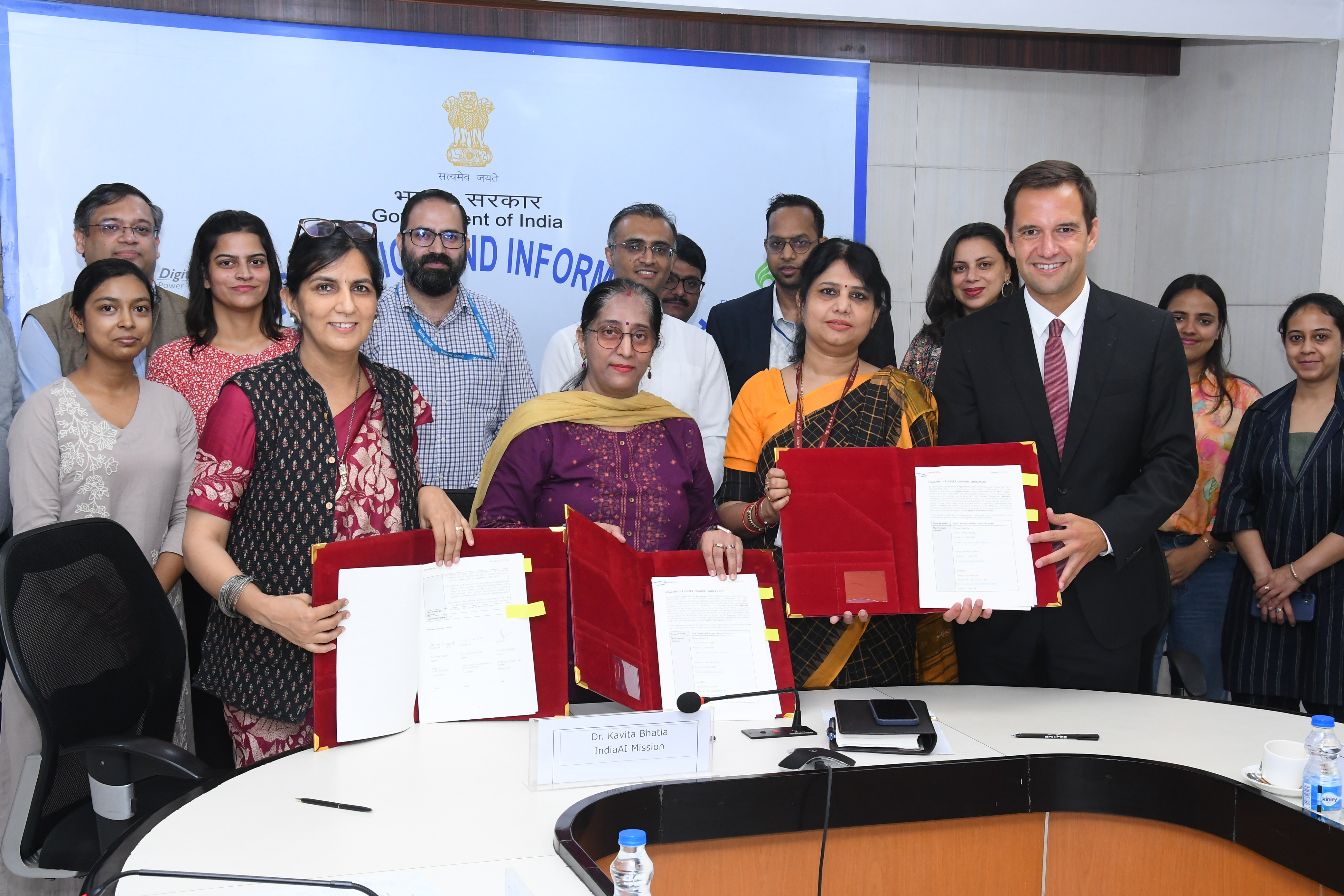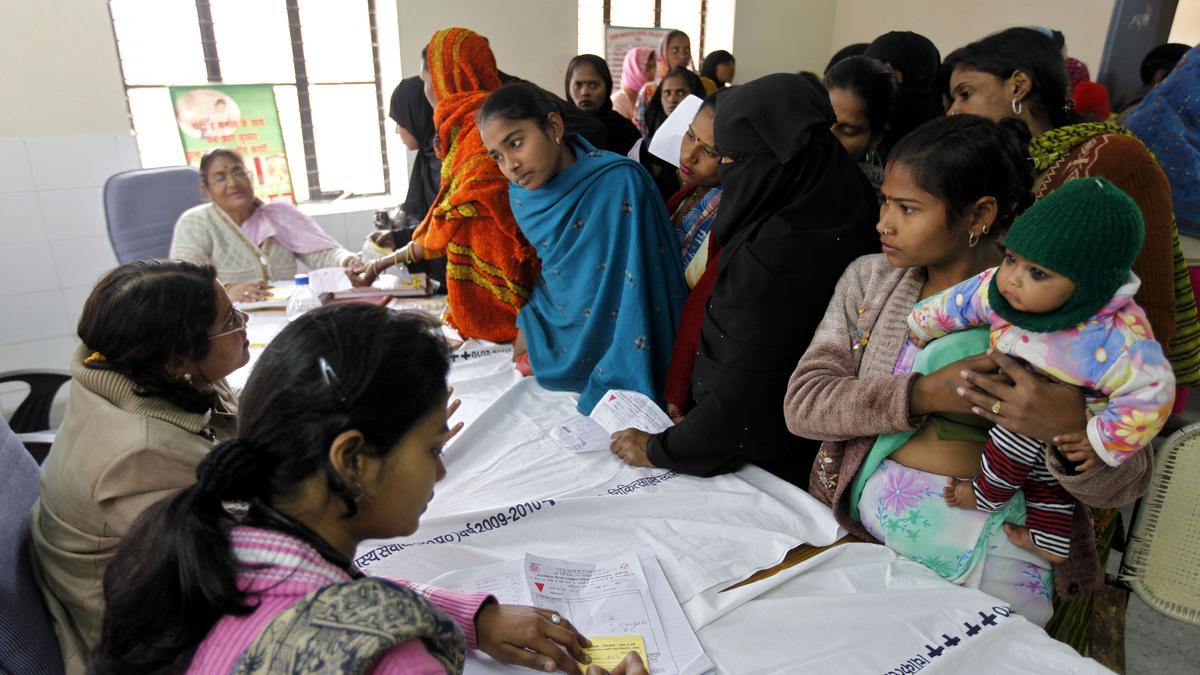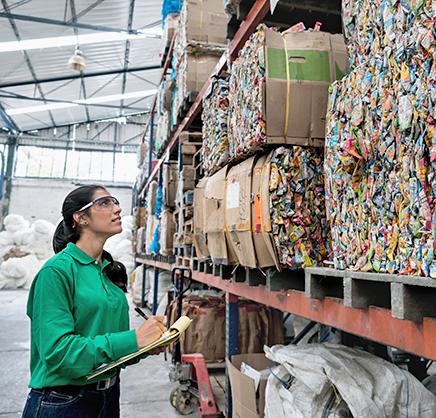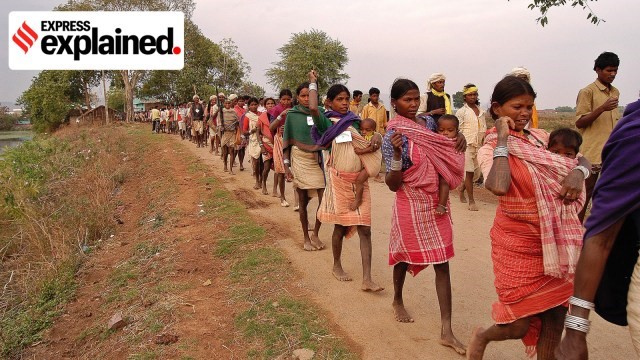Health AI Global Regulatory Network (GRN)

- 11 Sep 2025
In News:
India has joined the HealthAI Global Regulatory Network (GRN), becoming one of the pioneer countries shaping global norms for the responsible use of Artificial Intelligence (AI) in healthcare. This move reinforces India’s leadership in digital health innovation and aligns with its broader strategy to promote safe, equitable, and effective AI applications.
About the HealthAI Global Regulatory Network (GRN)
- Nature: An international, Geneva-based non-profit consortium of health regulators.
- Objective: To ensure fair, secure, and efficient deployment of AI in healthcare by building trust, strengthening oversight, and promoting shared learning.
- Functions:
- Develop joint safety standards and early warning systems for emerging risks.
- Facilitate cross-country collaboration and technical support.
- Maintain a global directory of registered AI health tools for transparency.
- Membership: Initial “pioneer countries” from diverse regions, including the UK, Singapore, and now India.
India’s Role in the Network
India’s participation is led by:
- Indian Council of Medical Research – National Institute for Research in Digital Health and Data Science (ICMR-NIRDHDS): A key institute driving digital health research under ICMR.
- IndiaAI: The Government of India’s central initiative under MeitY (via Digital India Corporation), aimed at building a comprehensive AI ecosystem.
Together, they will:
- Share safety protocols and best practices.
- Monitor AI performance in clinical settings.
- Contribute to shaping global frameworks for AI regulation.
Strategic Importance for India
- Global Leadership: Solidifies India’s position as a pioneer in responsible AI for health, enhancing its credibility in digital health diplomacy.
- National AI Strategy Alignment: Supports India’s vision to become a global hub for AI innovation and workforce, leveraging AI for public health, startups, and job creation.
- Strengthening Healthcare Delivery: Ensures AI-driven solutions enhance efficiency, safety, and equity in India’s diverse health ecosystem.
- Cross-Border Collaboration: Provides access to technical expertise, early warning systems, and shared regulatory tools.
Sample Registration System (SRS) Statistical Report 2023

- 11 Sep 2025
In News:
The Sample Registration System (SRS) Statistical Report 2023, released by the Office of the Registrar General & Census Commissioner (ORGI), provides crucial insights into India’s demographic transition. The report highlights notable shifts in fertility, mortality, and ageing patterns, underlining both progress and challenges in population dynamics.
Key Findings of SRS 2023
1. Total Fertility Rate (TFR)
- India’s TFR declined to 1.9 in 2023, falling below the replacement level of 2.1 children per woman.
- This marks the first decline in two years, reflecting sustained fertility reduction.
- State variations:
- Highest TFR: Bihar (2.8 among larger states).
- Lowest TFR: Tamil Nadu (well below replacement).
- 18 States/UTs reported TFR below replacement level, indicating an advancing demographic transition.
2. Crude Birth Rate (CBR)
- The national CBR declined from 19.1 (2022) to 18.4 (2023).
- State-wise extremes:
- Bihar: 25.8 (highest).
- Tamil Nadu: 12 (lowest).
3. Infant Mortality Rate (IMR)
- India’s IMR touched a historic low of 25 per 1,000 live births in 2023, down significantly from 40 in 2013.
- The decline highlights improvements in maternal and child healthcare.
4. Sex Ratio at Birth (SRB): The SRB stood at 917 girls per 1,000 boys, reflecting persistent gender imbalance despite gradual improvements in many regions.
5. Ageing Population
- Seniors (aged 60+) constitute 9.7% of the population, up from 8.6% in 2011.
- State variation: Kerala leads with nearly 15% elderly population, indicating advanced population ageing.
Significance of the Trends
- Demographic Transition:The fall in fertility and birth rates confirms India’s movement towards a stabilising population, with many states already below replacement fertility.
- Public Health Gains:The sharp fall in IMR highlights the impact of government interventions in maternal health, institutional deliveries, and immunisation.
- Gender Challenges:A low SRB underscores continuing son preference and gender discrimination, raising concerns for long-term demographic balance.
- Ageing Burden:Rising share of the elderly, especially in southern states, signals the need for social security, geriatric healthcare, and pension reforms.
Environment Auditors

- 11 Sep 2025
In News:
The Ministry of Environment, Forest and Climate Change (MoEFCC) has notified the Environment Audit Rules, 2025, authorising the creation of a new, independent cadre of environment auditors. This marks a significant reform in India’s environmental governance framework, aiming to strengthen compliance, accountability, and transparency in monitoring ecological regulations.
Background and Rationale
Environmental monitoring in India is primarily overseen by the Central Pollution Control Board (CPCB), Regional Offices of MoEFCC, and State Pollution Control Boards (SPCBs)/Pollution Control Committees (PCCs). However, these bodies face persistent challenges of manpower shortage, limited resources, and infrastructural constraints, which hinder effective enforcement across the vast number of industries and projects.
To address this gap, the government has introduced environment auditors—certified professionals or accredited private agencies—who can supplement regulatory agencies in compliance verification. This is expected to enhance the implementation of environmental laws while promoting self-regulation by industries.
Key Features of Environment Auditors
- Legal Basis: Established under the Environment Audit Rules, 2025.
- Nature: Independent class of licensed professionals/agencies accredited to inspect, verify, and audit industrial and infrastructure projects.
- Functions:
- Conduct systematic environmental audits of projects under existing environmental laws.
- Sample and analyse emissions, effluents, and waste.
- Report non-compliance and compute environmental compensation.
- Act as verifiers under multiple regulatory frameworks, including the Green Credit Rules, E-Waste Rules, and Plastic Waste Rules.
- Provide independent data for climate action planning, ESG ratings, and sustainable development initiatives.
Linkage with Green Credit Rules
Audits by these accredited agencies will also support compliance with the Green Credit Rules, 2023, which incentivise activities like afforestation, water management, waste reduction, and pollution control through tradable “green credits.” Environment auditors will thus act as third-party verifiers, ensuring credibility in the crediting process.
Significance of the Reform
- Bridges Institutional Deficits: Addresses manpower and infrastructure shortages in SPCBs and CPCB.
- Promotes Accountability: Encourages industries to adopt self-compliance mechanisms rather than relying solely on regulatory enforcement.
- Enhances Transparency: Independent, third-party verification fosters stakeholder trust in environmental governance.
- Strengthens Climate Commitments: Provides robust compliance data for India’s climate action goals and sustainability reporting.
- Reduces Regulatory Burden: Eases the monitoring load on overstretched government agencies.
Particularly Vulnerable Tribal Groups (PVTGs)

- 11 Sep 2025
In News:
- The Ministry of Tribal Affairs (MoTA) has requested the Registrar General and Census Commissioner of India (RGI) to enumerate Particularly Vulnerable Tribal Groups (PVTGs) separately in the upcoming Census.
- Aim: To capture population, households, and distinctive socio-economic and cultural features of PVTGs for better targeting of schemes such as the Pradhan Mantri Janjati Adivasi NyayMaha Abhiyan (PM JANMAN).
About PVTGs
- Definition: A sub-category of Scheduled Tribes (STs), considered the most disadvantaged among tribal communities.
- Origin: Concept recommended by the Dhebar Commission (1960–61) to address disparity within STs.
- Criteria for Identification:
- Declining/stagnant population
- Geographical isolation
- Pre-agrarian economy (hunting, gathering, shifting cultivation)
- Economic backwardness
- Low literacy
- Numbers:
- Initially 52 groups identified during the Fifth Five-Year Plan (1974–79).
- Later, 23 more groups added in 2006 → 75 PVTGs today.
- Spread: Across 18 states and the Andaman & Nicobar Islands.
Demographic Profile
- Estimated Population (2023 Survey): ~47.5 lakh PVTGs in India.
- Madhya Pradesh – 13.22 lakh (highest)
- Maharashtra – 6.7 lakh
- Andhra Pradesh – 5.18 lakh
- Smallest Groups: Sentinelese (Andaman & Nicobar Islands) with just 15 individuals.
- Largest Group: Baiga (Madhya Pradesh) – ~4.14 lakh population.
Habitat & Livelihoods
- Mostly live in remote forests, hilly regions, or islands with limited access to infrastructure.
- Livelihood sources:
- Hunting and gathering
- Shifting cultivation
- Non-Timber Forest Produce (NTFP) collection
- Livestock rearing
- Traditional artisan work
Cultural & Social Features
- Distinct cultural identities, practices, and languages.
- Often outside mainstream socio-economic and political processes.
- Many face critical health and education deficits.
Need for Separate Enumeration
- No separate count so far: PVTGs only enumerated under the general ST category; many grouped together under one nomenclature.
- Single-entry STs: Out of 75 PVTGs, 40 explicitly listed under Article 342 of the Constitution.
- Challenges: Current lists vary across states; some groups not separately listed in Census.
- Benefits of separate enumeration:
- Accurate population data for targeted schemes.
- Helps assess whether PVTG classification criteria remain relevant.
- Supports preservation of cultural identity.
- Identifies infrastructure gaps in health, education, and livelihoods.
Welfare Measures
- PM JANMAN Scheme (2023):
- Budget: ?24,104 crore.
- Coverage: More than 200 districts.
- Objective: Improve health, education, livelihoods, and basic amenities of PVTGs.
2D Materials
- 11 Sep 2025
In News:
- NITI Aayog’sFrontier Tech Hub, in collaboration with IISc Bengaluru, released the 4th edition of FutureFront Quarterly Insights titled “Introduction to 2D Materials”.
- Report highlights the need for India to invest early in 2D materials to lead in semiconductors, quantum technologies, and advanced electronics.
What are 2D Materials?
- Definition: Materials that are one atom thick, with unique electrical, thermal, and mechanical properties.
- Discovery: Graphene isolated in 2004 → Nobel Prize in Physics, 2010.
- Examples:
- Graphene (Carbon-based)
- Transition Metal Dichalcogenides (TMDCs) –MoS?, WS?
- Hexagonal Boron Nitride (h-BN)
- Xenes – Silicene, Phosphorene
Key Properties
- ~200× stronger than steel, yet flexible.
- Conducts electricity better than copper; spreads heat efficiently.
- Tunable band gaps → useful for semiconductors.
- Exhibits quantum effects (e.g., spin–valley coupling).
- Transparent & flexible → foldable/wearable electronics.
Applications
- Semiconductors: Chips up to 10× smaller than silicon-based chips.
- Quantum Computing: Hosting qubits, spin–valley interactions.
- Artificial Intelligence: Atom-thin memristors for neuromorphic computing.
- Optoelectronics: LEDs, photodetectors, ultra-thin solar cells.
- Green Tech: EV batteries, water filtration, aerospace composites.
Significance for India
- Tech Geopolitics: Control over supply chains and standards creates “tech choke points.”
- Challenge: Current reliance on licensed technologies → dependency (“umbilical cord” risk).
- Opportunity: Early push in 2D materials offers first-mover advantage in semiconductors.
- Global Status: USA, China, Japan, South Korea already investing heavily.
Policy Measures
- NITI Aayog: Urges creation of a complete 2D ecosystem – R&D, talent, supply chains, standards, manufacturing.
- MeitY& DST: Invited proposals for R&D and product development in 2D materials.
